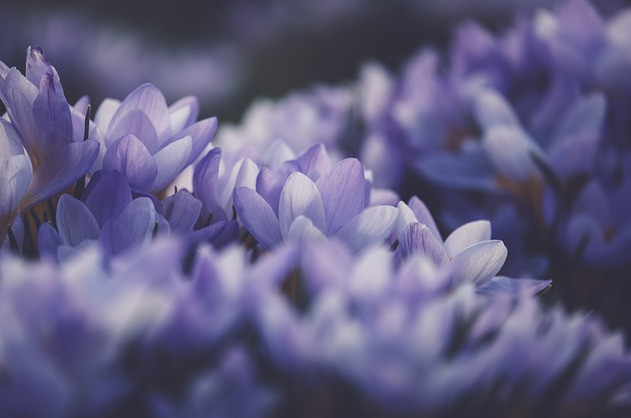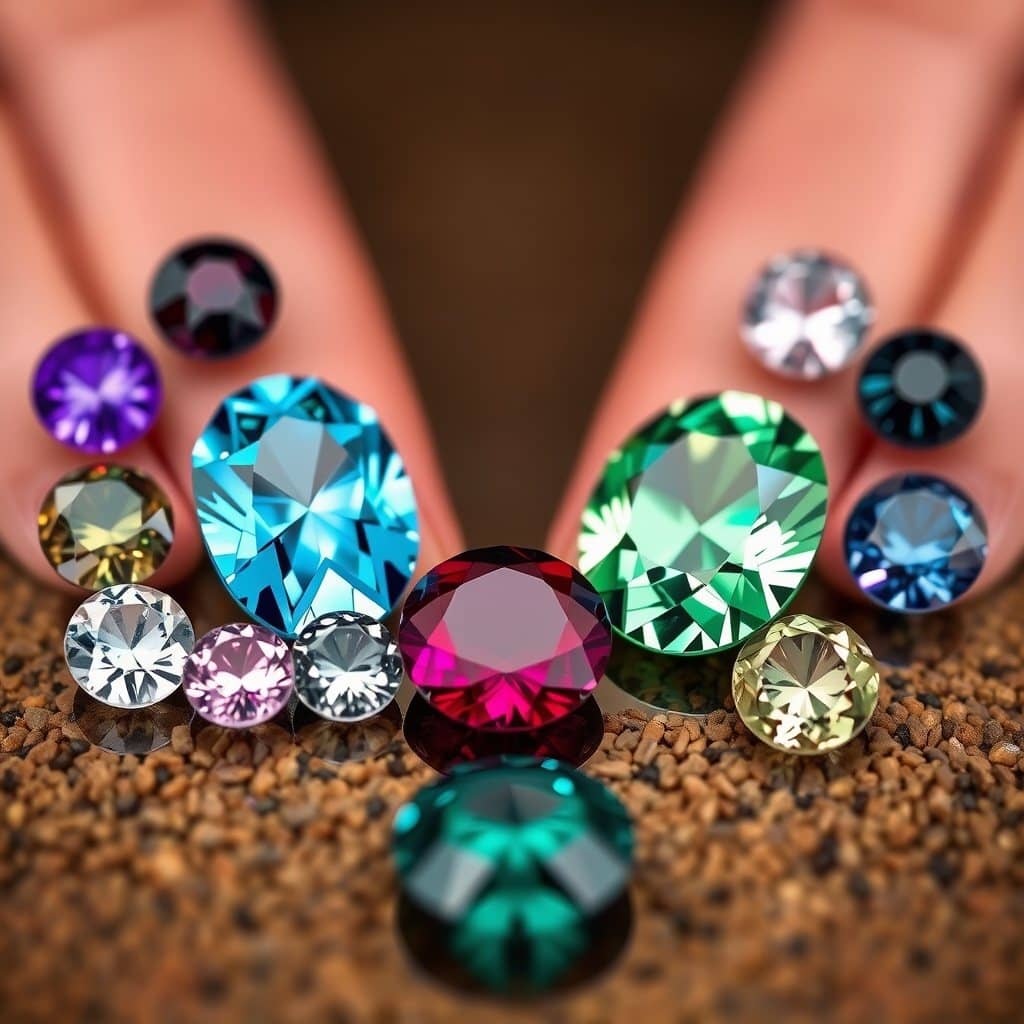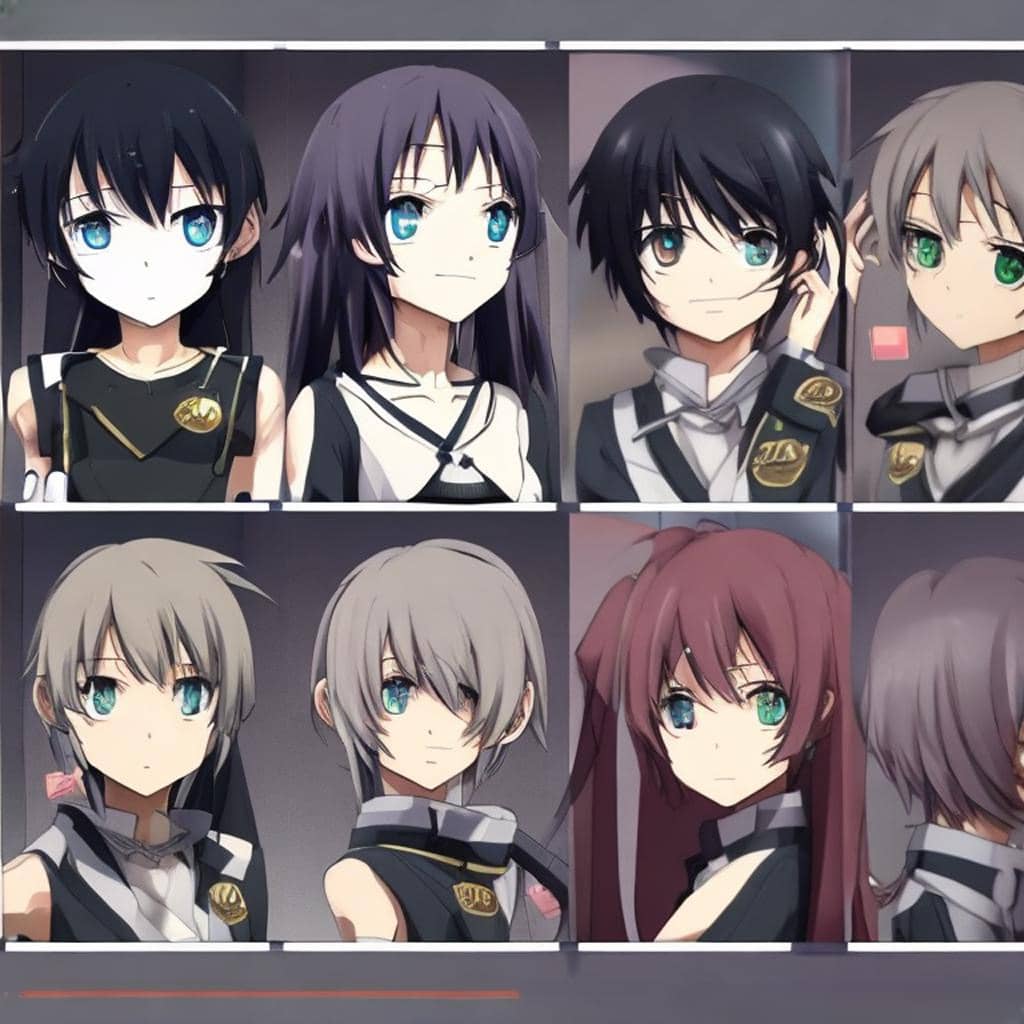
Watercolor Workshops
Shenandoah National Park offers a lot of online activities, one of them a watercolor workshop by artist Betty Gatewood.
A beautiful video workshop about watercolors and flowers. And how to sketch and paint them. It is a series of four videos:
- Parts of the flower and how to recognize them
- The materials you are going to use for your botanical art
- How to practice your art
- And how to make your final sketch
Parts of a Flower
This is a transcript of the first video in a series of four. Make sure to check the links to detailed information on wikepedia when it comes to those parts.
Hi, this is Ranger Mara at Shenandoah National Park, and welcome to our celebration of wildflowers. We have a variety of things that we are doing this year, mostly virtual, so we are glad that you’re able to join us even if you’re not right here in the Park. We have some hikes that you can go on that we’re going to show you some wildflowers on, wildflowers as they bloom, and talk about our spring wildflowers, and it’s important, because we’re a national park, that all of our wildflowers stay where they are, so what’s a good way to have wildflowers without picking them, and one of those ways is to observe them and either take photos or to make art workout of them. So, we have a series of programs with our local watercolor artist Betty Gatewood and her first program is going to be about just what parts of a flower there are so you can understand what makes up a flower before you try to draw it or paint it or use some other kind of artwork to show it.”
So, the first in the series of four episodes will be what makes up a flower.
Enjoy this episode and stay tuned for the second one which we’ll talk about materials that you can use to render your flower.
Hello from Shenandoah National Park. I’m welcoming you here to learn a little about botanical art. You’ve got to really enjoy what you do — don’t take it as an assignment, but you are assigning this to yourself because you are having a good time. Now, the thing is that you’re going to be looking perhaps at live flowers — not these, because these I brought so that I can show you the parts of a flower.
The bluets, in my case, um, were just, I mean, it was a very dull day. It was sunny and not so warm, but in the middle of this trail was a bluet, and I thought this is really odd, and it’s in December, and I see them on New Year’s Day too, so I said oh I’ve gotta sketch this. It was a little too cold to sit down, so I photographed, and I came up with this, so I can work with that. One flower. And, now I want to show you how to transfer this onto a sketch and then a painting, but before we do that, I’d like to talk a little about what’s a flower.
Usually when you think about a flower to paint you might think sunflower, and they are amazing, or a daisy, but if you look a little more closely at these really early spring flowers, they will look quite different. They all have the same botanical parts, but they might be sort of hidden from you, but I want you to be aware of what the flowers have.
Okay, what’s a flower for anyway? The color, the smell is to attract insects, birds, hummingbirds, moths, butterflies; so that the two important parts of the flower, which are the reproductive structures, can then somehow get together.
The flower is fertilized by the pollinator and then the seeds are formed, so let’s take a look at one of these tulips, which you won’t find in Shenandoah except today.
Okay, so this is a tulip and most flowers have flowers that you’ll notice have petals of color and they have leaves. Well, let’s take a look at the leaf. Can you see how the leaves are almost like an arrow? And, they have the veins that you can see here, and if you look at the other side sometimes you can see them better. The leaves being straight and with parallel veins kind of gives you the clue that it’s in a special group of flowers that are called monocots.
Let’s look inside the flower now.
Often you’ll find that the flower has something on the outside called sepals and that protects the flower in bud, and tulips don’t happen to have that, but they have the next layer which are these colorful petals. And let’s just, I’m going to take them off. I know, I hate doing this, but I got to show you these things. Now as I take them off, I want you to acknowledge how many petals there are, and interesting — every flower is different, and look we have this one that almost looks like a sepal.
I found that quite interesting. Okay, so let’s just put that one over here, so we have six petals; we have parallel veins which means it’s a monocot.

All the characteristics of the plant will be in multiples of threes or sixes.
So I’m going to take off one and two, three, and you probably can anticipate that there’s going to be six petals. What we have left are the stamens that in a mature plant would produce this dust-like pollen, and that is the male part of the reproductive story. And then what I have right here is the other part — the business part — which is called the pistil. On the top is where the pollen from the stamens would land, and then down at the bottom is the ovary. This whole thing is called a pistil. Later in the growing season we’re able to look inside here and you’d see three or six chambers.
You see the top has three parts to it, so the fact that it has multiples of threes and sixes kind of helps you be anticipating what to look for later on. I want you to make sure you notice that the veins of this leaf are parallel to each other, even though they do this they’re doing it together. This leaf, on the other hand, looks like the palm of your hand, and so this is indicative of not a monocot, but of a dicot which has different multiples of flower parts — more fours and fives — and multiples like the daisies. So, whenever you’re looking at your plant, make sure that you not only look at the flower, but look at the leaves too.
So, this is called palmate venation and then this is another type.
These are three basic types of venation — just like we talked about the flower parts. So, this one if you flip it over — and often you can see more about venation if you flip the leaf over — you can see that it has wide side veins, kind of like a feather is, and of course this is called, pinnate.
So, just look for those details whenever you’re looking and make sure that you don’t put, say, five petals on something that only should have four.
I want you to look a little at some pictures.
These are some spring wildflowers. Too often, as you look at a flower, it’s going to not look exactly like the picture in the book, and if you look at it face down you can see all the stamens on this and right in the middle is the pistil, but what if the wind moves a little and it goes like that, then you’ve got to figure out what do I want to illustrate? And, then you notice, too, that the distance — if you do this or if the plant is tilted — that the distance from the center out here is quite different than it is from here to here, and that’s because of all the proportions, but also the perspective which is can really mess with your mind a little, but it’s fun because you’re learning.
And, of course right now at least in this area we have, the crocus in bloom, and my goodness the honeybees were busy yesterday. But, you know that the crocus has six petals, it’s therefore a monocot like the tulip and the leaves are straight veined and so on, and it has three stamens and a pistil that is divided, but we know, too, that every petal is about the same size, but if you would look if you’re looking at this particular petal that’s five centimeters across, and it’s five-four and a half this way, but if you look at this way, it’s down to eight and a half.
So, the angle at which you’re doing the plant really makes a difference to your final story. It will say more to the observer if you are more accurate with its grace, its position. So, once again you should be doing something that you like to do, and that it happens to be of a pleasure to you to go ahead and render that. I hope you enjoyed that. Stay tuned for future episodes of our watercolor workshop.
If you subscribe to our YouTube channel, you will get notifications when there will be more episodes in the series on our Shenandoah National Park spring wildflower celebration.
More activities
Shop tip
Chromatek, professional art supplies
Did you ever use watercolors to paint flowers?
Heads up! If you’re looking to join Wealthy Affiliate, make sure you sign up using my referral link to get access to my personal coaching and all WA features."









I just love online workshops and tutorials and when you transcribe the video like this, it is even more handier to learn about watercolor step by step. I am also looking forward to the next step on how to draw a beautiful flower as I have always wondered how to do this in such a breathtaking way, thanks!
Thank you for liking it!
Yes, this video channel is such a gem indeed, worth reviewing!
I added the links to the next steps of the free course and hope you will enjoy them and subscribe to the channel.
Breathtaking indeed
✨